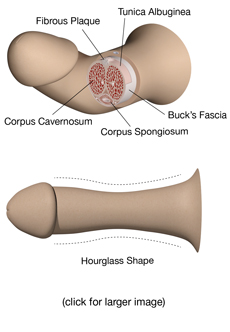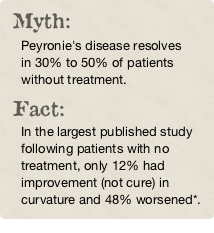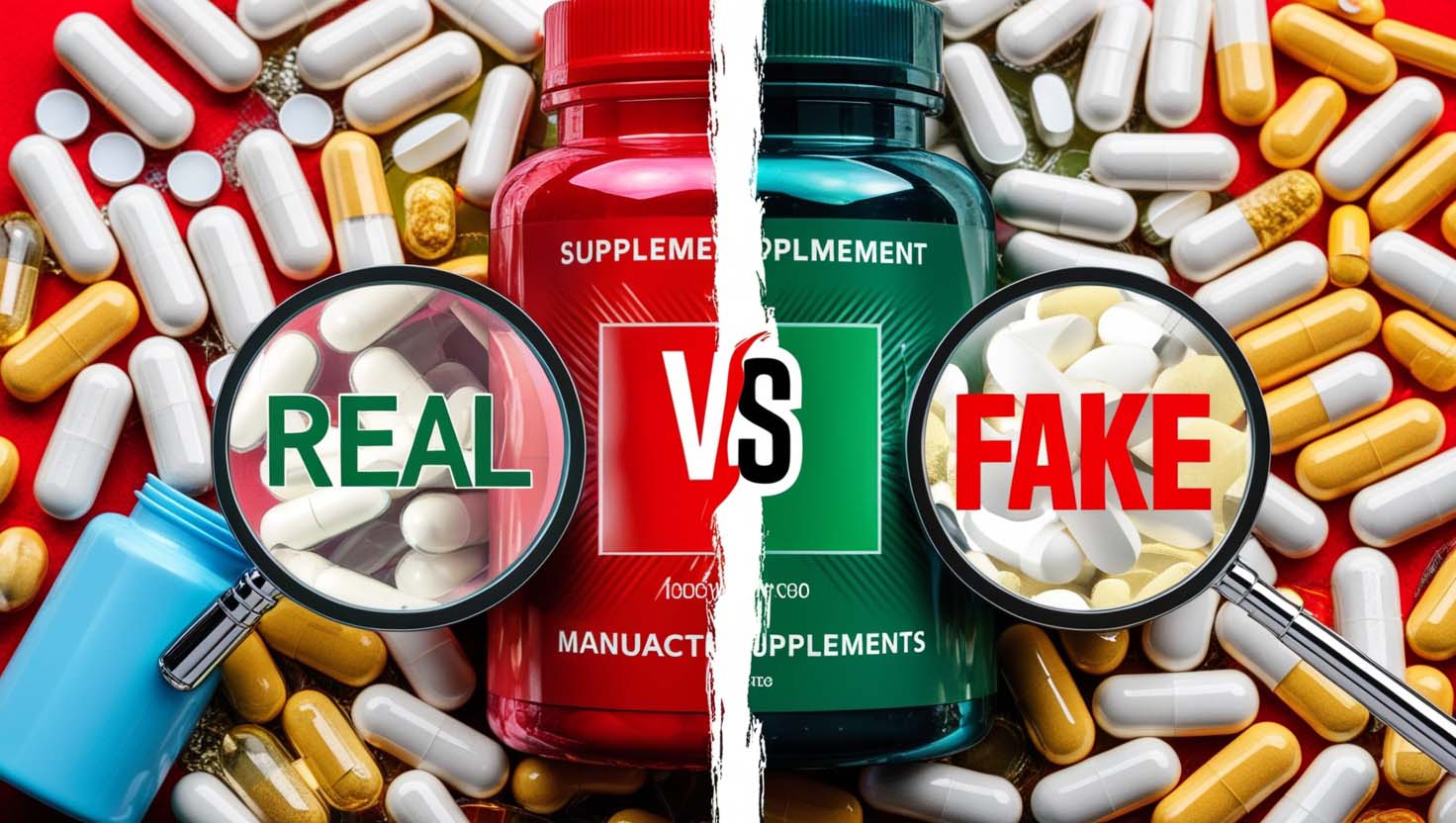**Gelbard MK, Dorey F, James K. The natural history of Peyronie’s disease. J Urol. 1990;144:1376. MEDLINE
Symptoms

Since Peyronie’s disease is a wound healing disorder, there are constant changes that take place at the onset of the condition. These changes are classified into two categories:
- The acute inflammatory phase which occurs during the first six to eighteen months in which pain is common.
- The chronic or stable phase where the symptoms reach their most severe state.
The plaque forms in a part of the penis called the tunica albuginia and can usually be felt just under the skin in the shaft of the penis. The plaque reduces the elasticity of the tunica albuginia, which can result in symptoms such as penile curvature, painful erections, constrictions or indentations along the shaft, loss of length and/or girth, and erectile dysfunction. In addition to the physical symptoms, Peyronie’s disease can also have a significant emotional impact on patients. A questionnaire used in a study of Peyronie’s disease patients found that 77% suffered from psychological effects of the condition and 65% of those patients stated that the problem concerned them frequently*.
Causes of Peyronie’s Disease
The exact cause of Peyronie’s disease is not well understood; however, there are a few potential causes that most Urologist agree likely play a role in the condition.
Trauma
Trauma to the penis is one of the most common causes of Peyronie’s disease. When the penis bends or is struck severely, the penile tissue can tear and lead to an overproduction of collagen during the wound healing process. This excess collagen can reduce normal tissue elasticity and cause painful erections, curvature, and penile deformities.
Genetics
Many patients have a genetic predisposition to Peyronie’s disease and other related fibrotic tissue disorders. A parent or other close relative may have had one or more of these conditions. In some cases, patients with Peyronie’s disease may also develop Dupuytren’s disease (a buildup of plaque in the palm of the hand causing pain and palmar contracture) or plantar fibromatosis (a buildup of plaque in the foot causing pain and difficulty walking).
Medications/ Vitamins/ Supplements
Medications often used for treating high blood pressure that belong to the drug class known as beta adrenergic blocking agents (beta-blockers) have been reported to cause fibrotic tissue disorders. Anti-seizure medications such as phenytoin and certain supplements such as glucosamine/chondroitin and large doses of supplemental vitamin C may also promote the production of excess collagen.
Other Conditions
Peyronie’s disease has been associated with a number of conditions including diabetes, gout, and heart disease. Some research suggest that Peyronie’s disease may be an autoimmune disorder. It has been theorized that repeated minor trauma to the tissue in penis might trigger the immune system to respond to heal the injury; however, the body is improperly responds and produces excess fibrotic tissue or fibrotic plaque.
Treatment Options

Doctors have tried many different treatments for Peyronie’s disease since it was first described in 1678. The most common treatments can be divided into two basic categories, invasive and non-invasive.
Invasive treatments include:
- Injections of verapamil, interferon, or purified clostridial collagenase into the plaque
- Various stretching devices
- Surgery- usually performed as a last resort due to potential unfavorable outcomes such as impotence and loss of penile length. Penile prosthesis is an option if the patient has severe erectile dysfunction.
Non-invasive options include:
- Transdermal Verapamil 15% Gel
- Iontophoresis of different drugs
- ESWT- Extracorporeal Shock Wave Therapy
- Oral Medications such as vitamin E, colchicine, paraaminobenzoate (Potaba®), tamoxifen, and acetyl-L carnitine
Most doctors agree that a conservative approach to treating disease of Peyronie is preferred. As a result, the least invasive options are typically tried first before moving to invasive procedures or surgery in patients suffering from the most significant cases of Peyronie’s disease.



